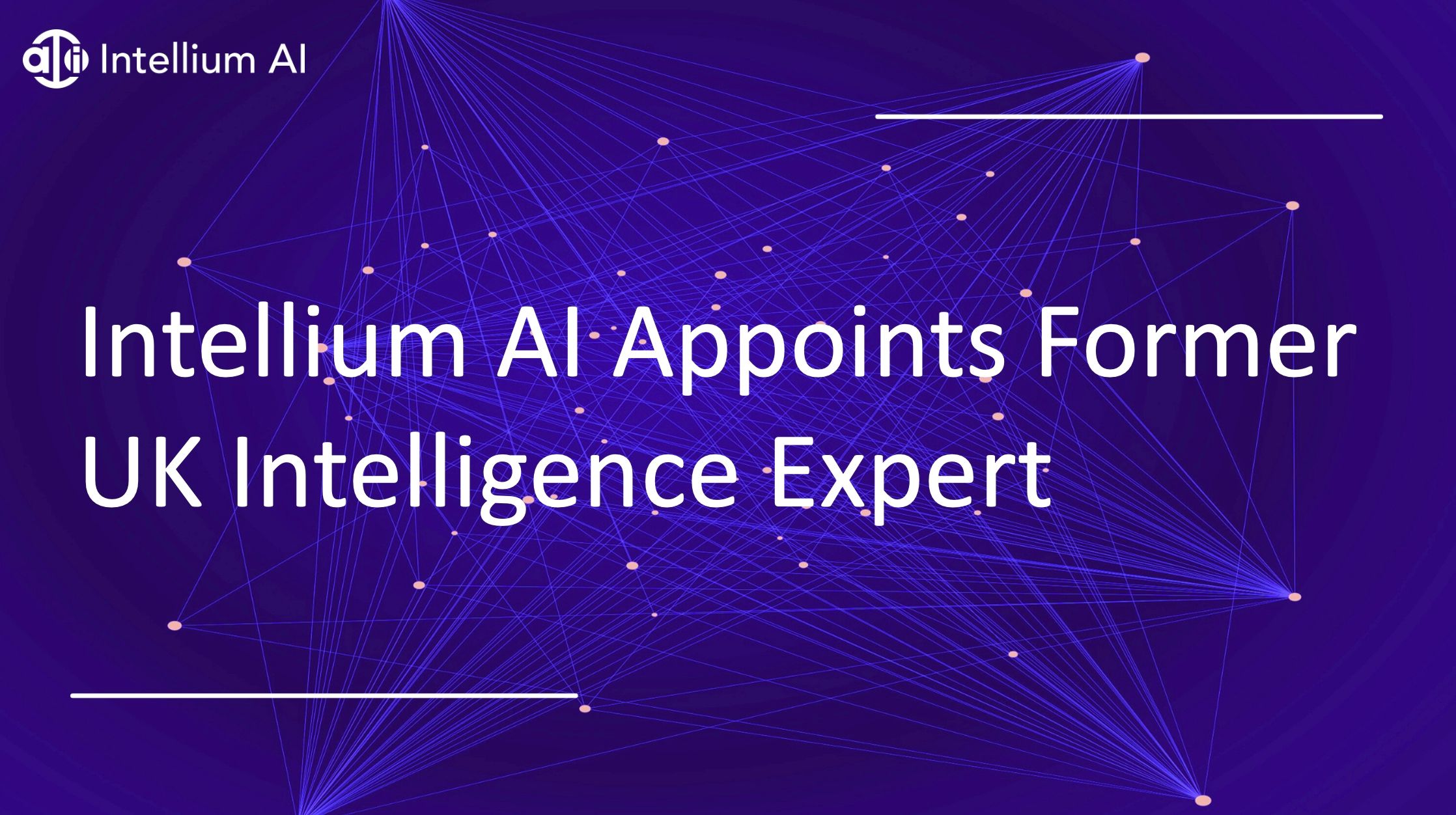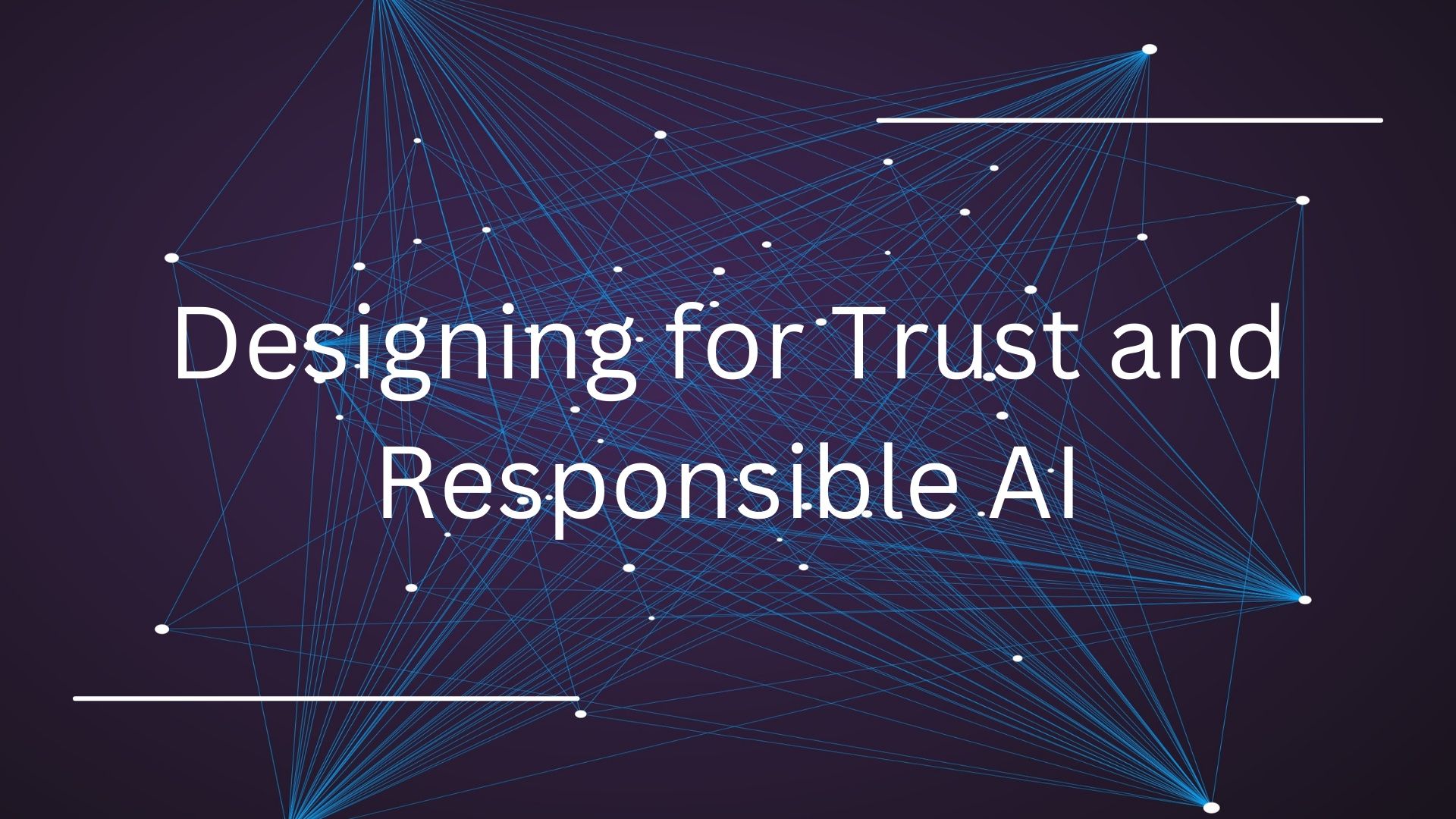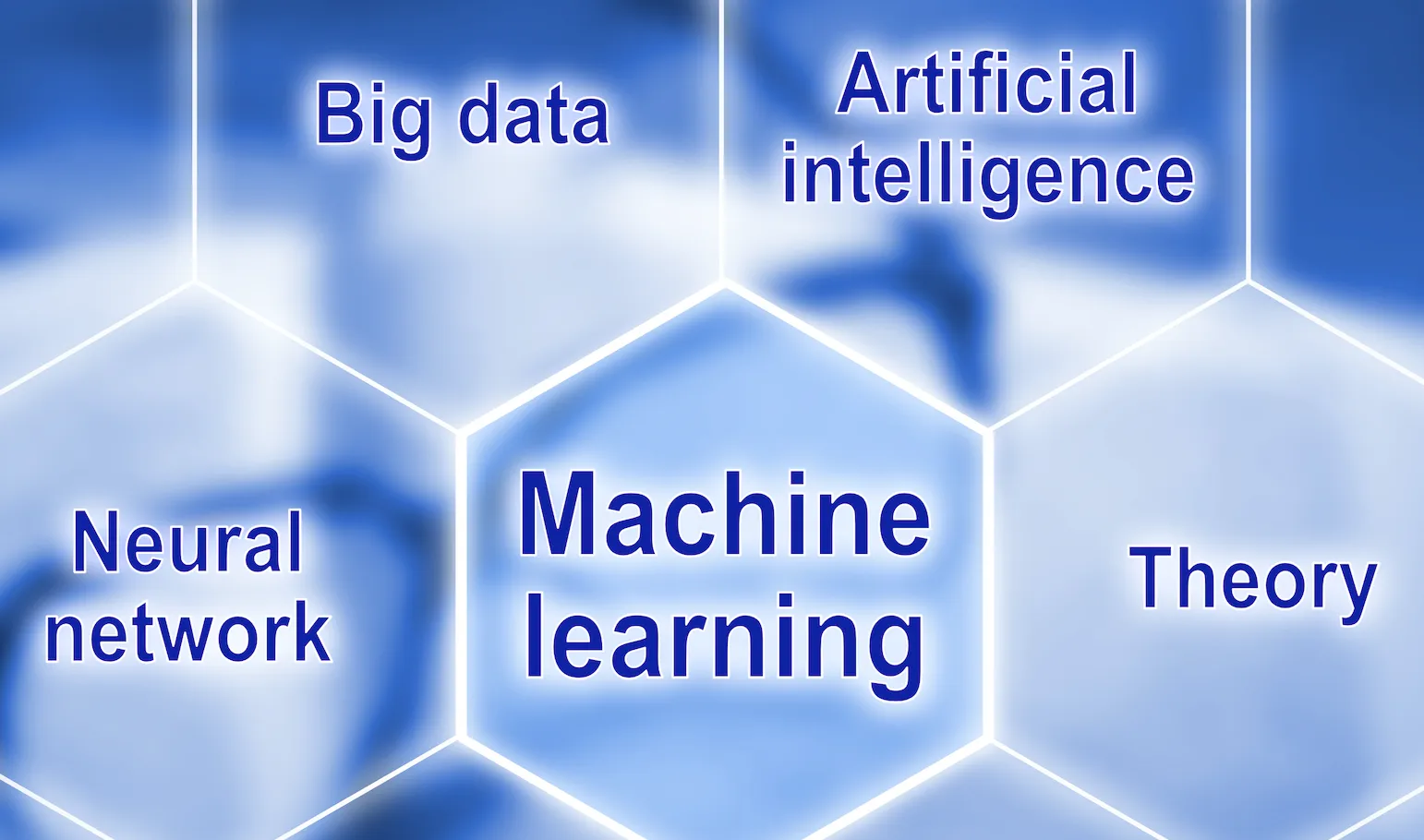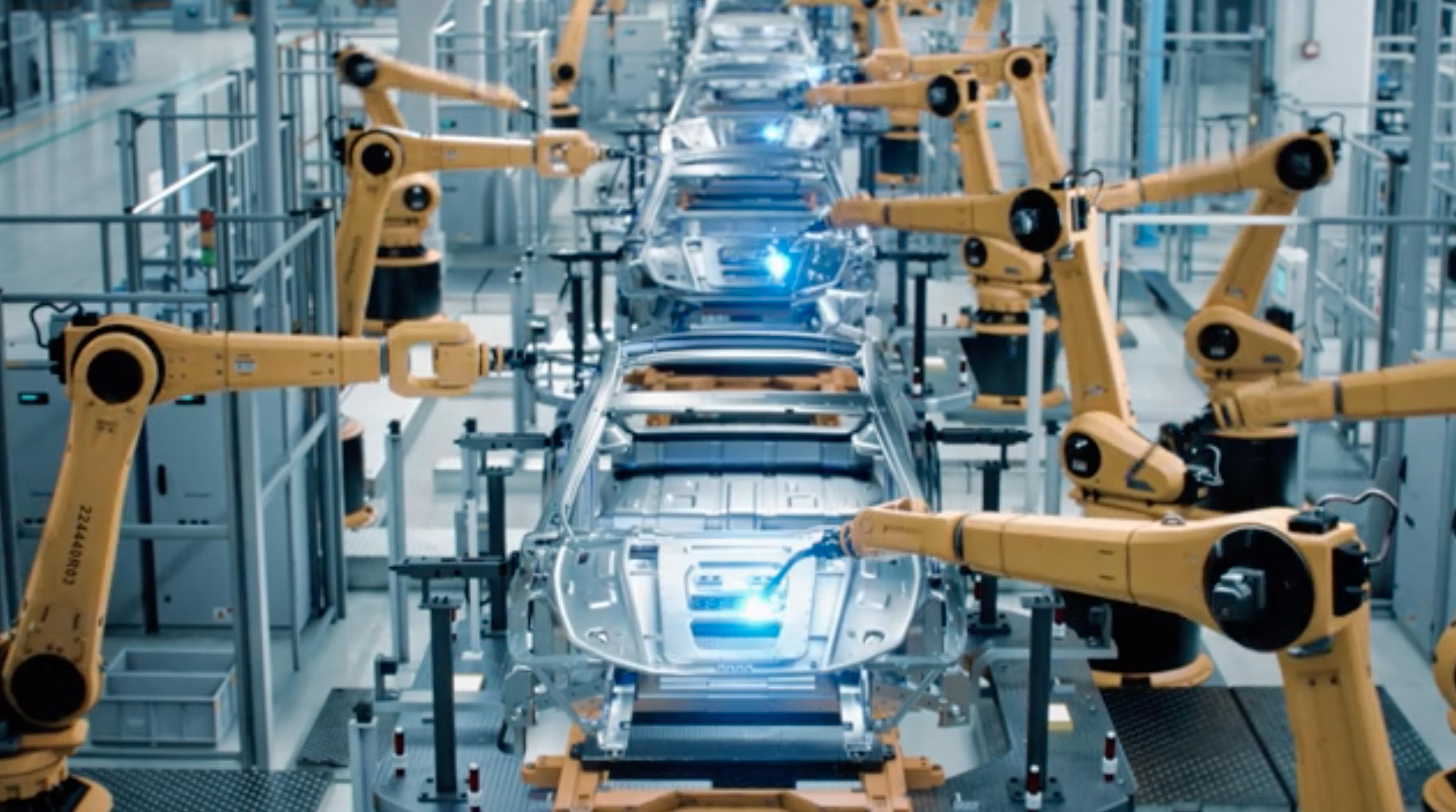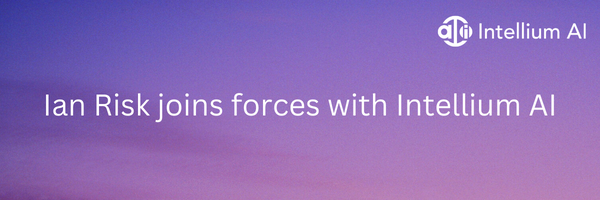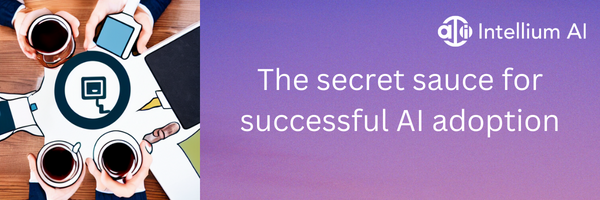If you were leading an innovative business transformation initiative in your organisation and had the choice between developing a complex technology of high business value per user but having a lower user base or a simpler technology of lower business value per user but having a wider user base, which option would you select?
The choice is never easy. However, it could determine the speed of technology adoption in your organisation. I have had the privilege of being involved in both scenarios, which have heavily influenced my thinking and corporate strategy.
More than 20 years ago, when I was working at Airbus on creating the A380 aircraft, I helped develop software that automatically generated manufacturing instructions for robots based on the part's design. The software was a technological success that automated a business process and resulted in significant time savings per use, realising cost savings for the Company. The only caveat was that due to the product complexity, the software developers ended up being the primary end users, leading to the software being regarded as an adoption failure.
Having learnt this lesson on A380, we made increasing the software user base a business requirement whilst designing the software architecture for the subsequent aircraft, the Airbus A400M. The software for the same application was simplified to make it more business user friendly, resulting in widespread adoption. Features that resulted in all-or-nothing benefits were removed and gave a chance for the end users to reap micro benefits, even in situations where full exploitation of software automation was not possible.
The increased adoption of simplified software created an increasing community of technology evangelists who helped to identify further opportunities to make business processes more efficient, leading to cost and time savings.
The community aspect of technology creation has an amazing leveraging effect.
I am now seeing a similar trend in the industry with AI adoption. Many companies are exploring the latest and greatest AI algorithms and trying to automate the entire business process with AI. The AI skills and the data literacy to undertake complex digital transformation don't yet exist in these organisations. This leads to a gap in communication and expectation, which could eventually lead to failure in AI adoption.
Conversely, organisations focusing on increasing digital skills while initially choosing simpler AI use cases are co-creating inclusive community-based technology.
The ROI of initial AI projects is an increase in data and AI literacy across the community.
This creates a community of technology evangelists who go on to identify further digital transformation opportunities to make business processes more efficient, realising significant cost and time savings.
So, to answer my original question, technology that is co-created by involving a community of business and technical users has a higher chance of delivering value resulting in successful business adoption.
Creating or leveraging a community of practice is the secret sauce for successful technology adoption.
Written By, Kiran Krishnamurthy CEO, Intellium AI


